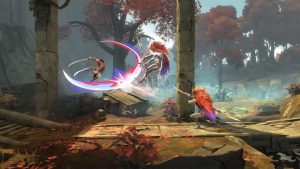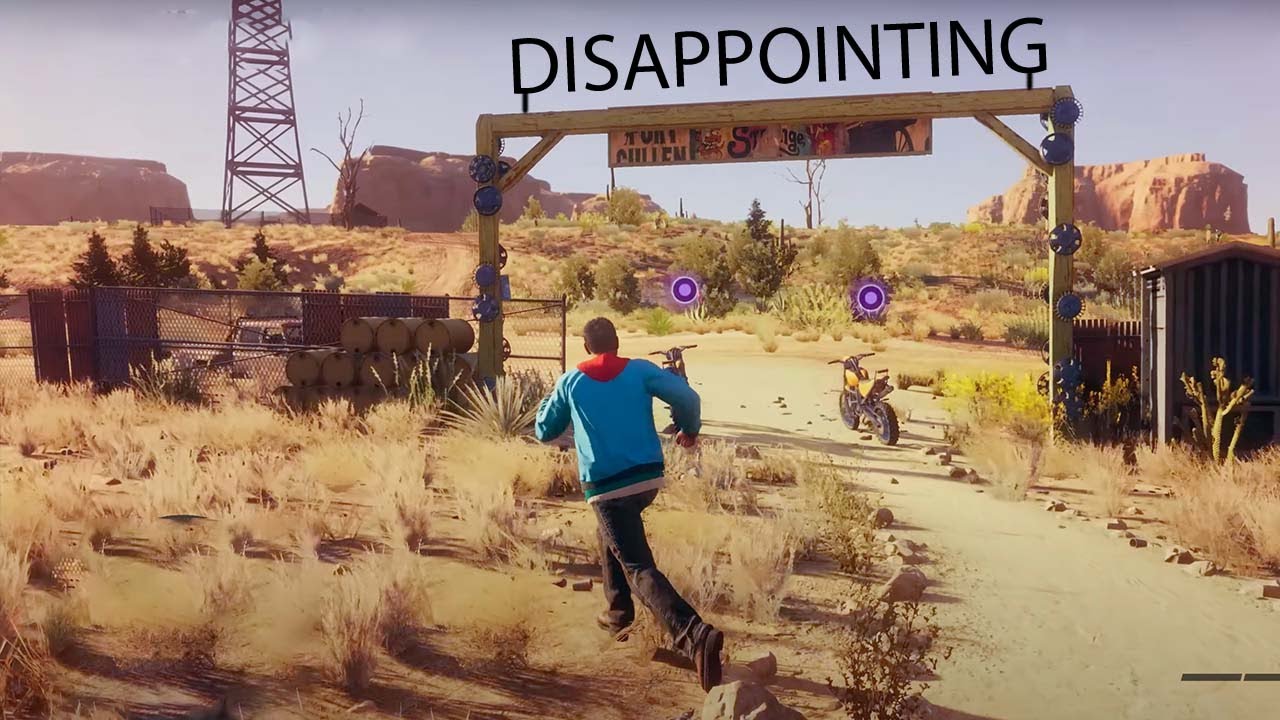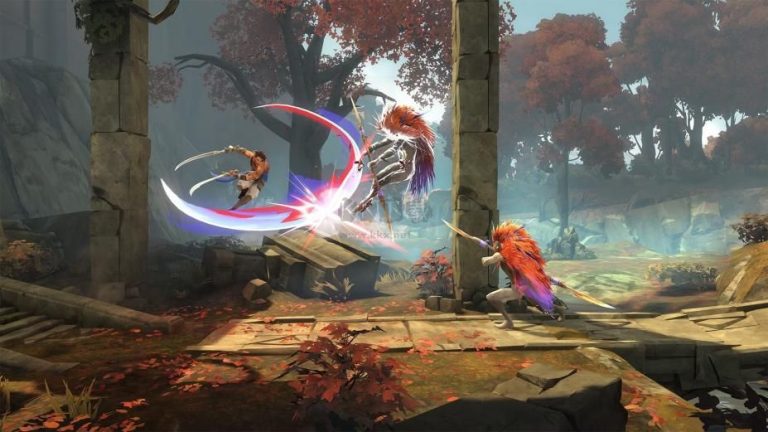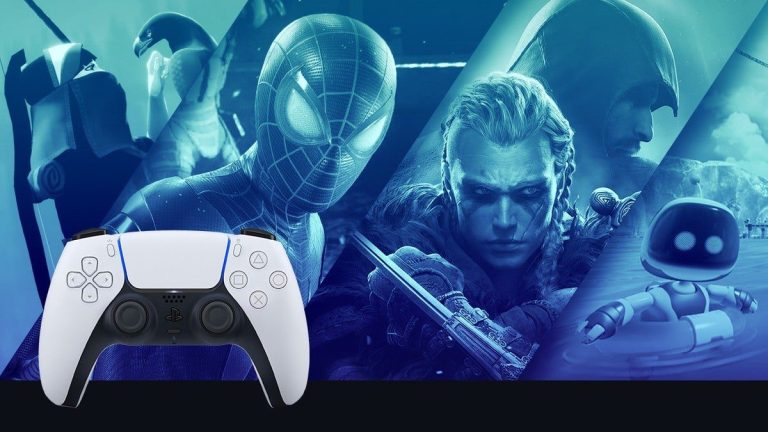Gamers around the world hold their breath each year in anticipation of new releases showcasing revolutionary gameplay, jaw-dropping graphics, and unforgettable storylines. However, even games in general may falter in meeting those criteria. Many titles may be plagued by dire technical difficulties, dull gameplay, and even misleading advertisements. This year, again, was no different. Unfortunately, several highly anticipated games left players frustrated and disappointed. Let us further inspect what went wrong with a few of the most underwhelming game releases this year.
1. Technical Issues and Bugs Ruined the Experience
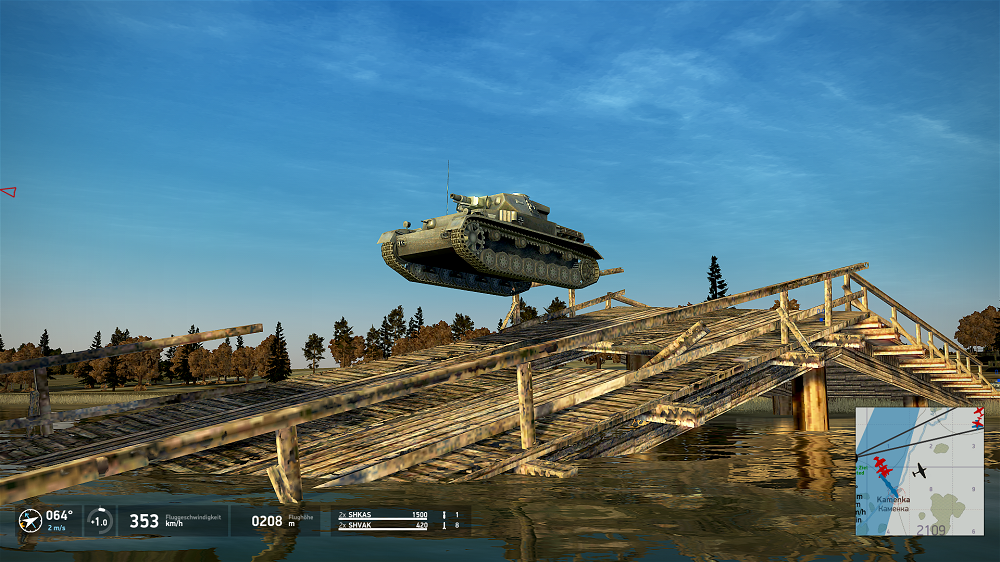
Perhaps one of the most cited reasons for a game not succeeding is technical difficulties. Some games are released in a terrible state, hammered with glitches, crashes, or performance issues. Definitely, there have been many highly anticipated games whose launch was marred by unplayable conditions this year.
Example: The Day Before
The most hyped survival MMO of the year launched with terrible performance issues and poorly executed mechanics. Players referred to some game-breaking bugs, unresponsive controls, and a lack of promised features as disappointment in ostensible large numbers.
2. Broken Promises and Misleading Marketing

Hype can work both ways. Many developers and publishers generate buzz for their games with trailers and gameplay demos that are far more impressive than the final product. When real games turn out to be nowhere near what they promised, players are bound to be disheartened.
Example: Redfall
Arkane Studios’ Redfall was meant to be the co-op vampire shooter of dreams, and it was everything but that. Artificial intelligence was braindead, the open world was empty, game mechanics were shallow, completely unlike the immersive venture presented in early trailers.”
3. Game Mechanics That Are Boring and Missions That Are Simply Repetitive
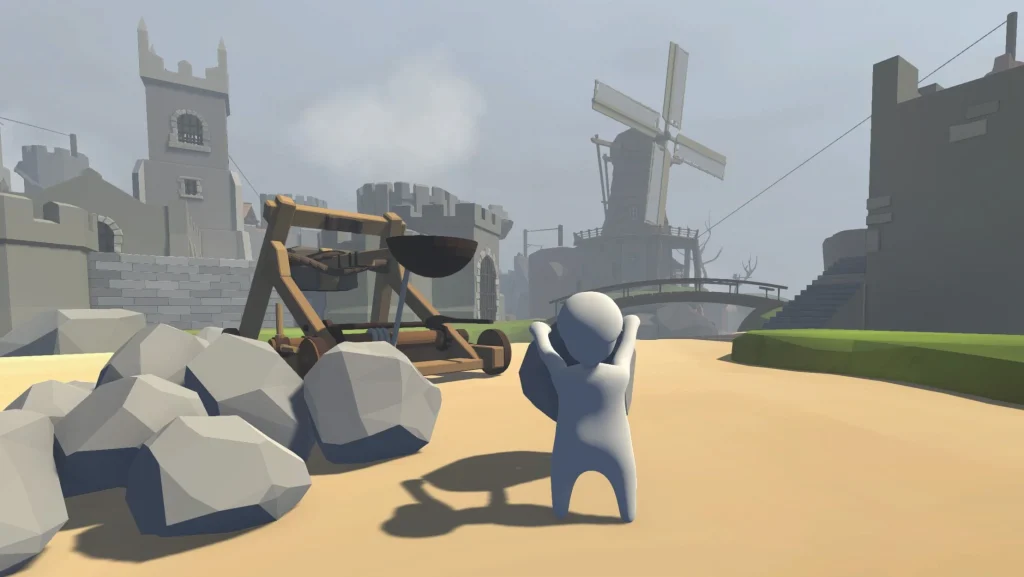
Even if a game were to run perfectly, it may still lose out due to unexciting gameplay. Some of the year had seen most of its biggest disappointments, and all of them had missions that were repetitive or lackluster in level design and broken mechanics.
Example: Skull and Bones
After numerous delays, Ubisoft’s Skull and Bones was set for game mode, but it simply offered players dull naval combat and repetitive mission structures. Many were expecting a riveting pirate escapade; instead, the game felt like an extended tutorial, not much more than that.
4. Weak Storytelling and Bad Character Development

A good story can give a stunning game all the memories surrounding it, while sadly too weak a story will pull the players out of connectivity.
Example: Forspoken
Square Enix’s Forspoken has had a vast open world, but terrible storytelling and shallow characters ruled the day. The dialogue seemed forced, and, what’s more, the protagonist did not click with a lot of players, pushing any who were genuinely players of this game to keep away from investing time in it.
5. Over-Reliance on Microtransactions

Microtransactions have become a dominant issue in modern gaming. Some games use them justly, while some games absolutely force players to use said microtransactions to progress.
Example: Diablo IV
Diablo IV was a very strong game in terms of gameplay, but many players were left frustrated with its monetization post-launch. The battle pass, together with expensive cosmetics and a grind to progress, has made it feel like spending money is almost a requirement for players to enjoy fully.
6. Poor AI and Enemy Design

Enemies in a game should be exciting and yet a decent challenge to fight. Some major disappointments release with terrible AI, either rendering enemies weak or unfairly difficult.
Example: Crime Boss: Rockay City
This crime shooter had a star-studded cast, but it included some very clunky AI and uninspired enemy encounters. The repetitive feel in missions can be attributed to the combat not having moments of delight, labeling the game as a big missed opportunity.
7. Lack of Innovation and Originality
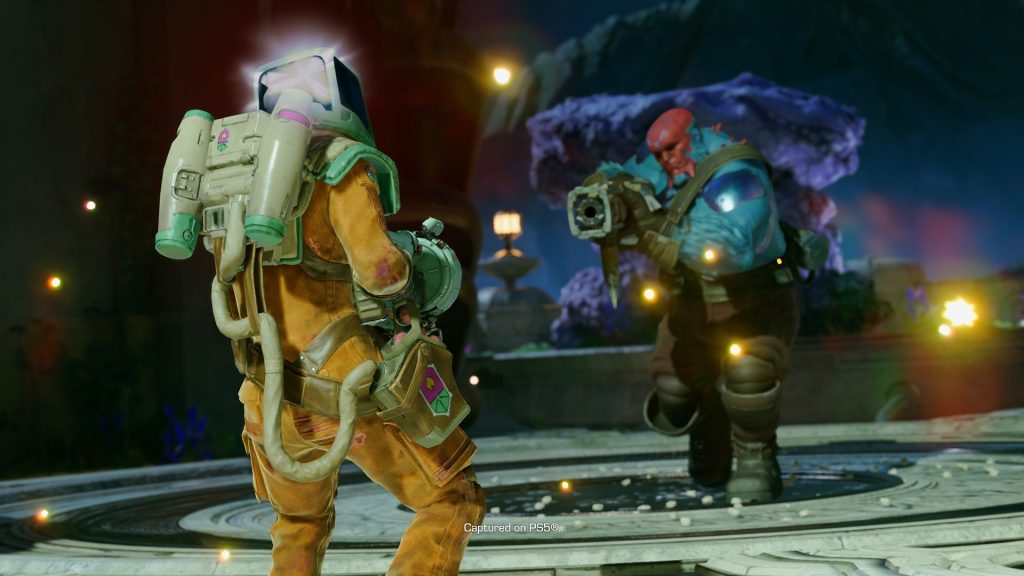
Gamers want a new feel. Sampling some more releases from this year, it feels more like recycled versions of older games with nothing new to offer.
Example: Call of Duty: Modern Warfare III
Call of Duty games sell well nearly every time, but Modern Warfare III got critiques for feeling more like a quick cash-in expansion than a full sequel. The campaign was brief and less than memorable, while the multiplayer provided very few improvements over its predecessor.
8. Rushed Development and Poor Quality Control
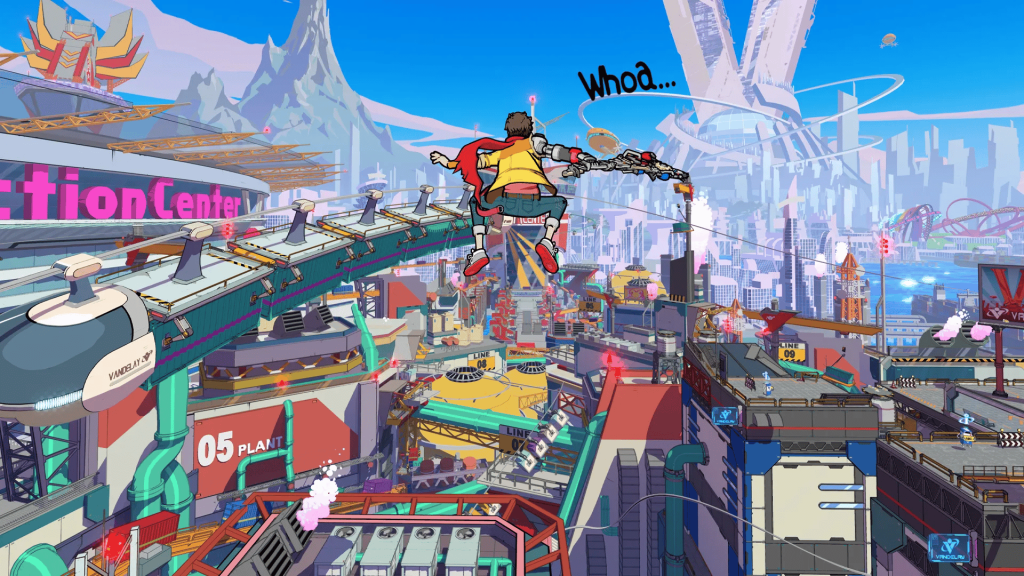
Game development is a long process; however, some companies rush a game to meet fixed timelines. The result is an unfinished product that comes across as incomplete.
Example: Gollum: The Lord of the Rings
This long-awaited game ended up being one of the worst-reviewed games of the year. With graphics that looked dated, a gameplay system that harkened back to another time, and a clear lack of polish, the game seemed to have been released before it was truly ready.
These all depict feeble multiplayer and server-associated problems.
Multiplayer games compete against one another with smooth online experiences, but a number of disappointing games released this year spend time struggling with server issues, lag, and connectivity problems.
For example: XDefiant
Ubisoft’s attempt at a free-to-play shooter, unfortunately, came with server instabilities and matchmaking troubles; hence, it caught players in a frenzy when the game was about to be launched. Plus, this rocky interference could not help the game, thus leading it towards a listless continuation stage.
9. Very High Expectations, Not Met
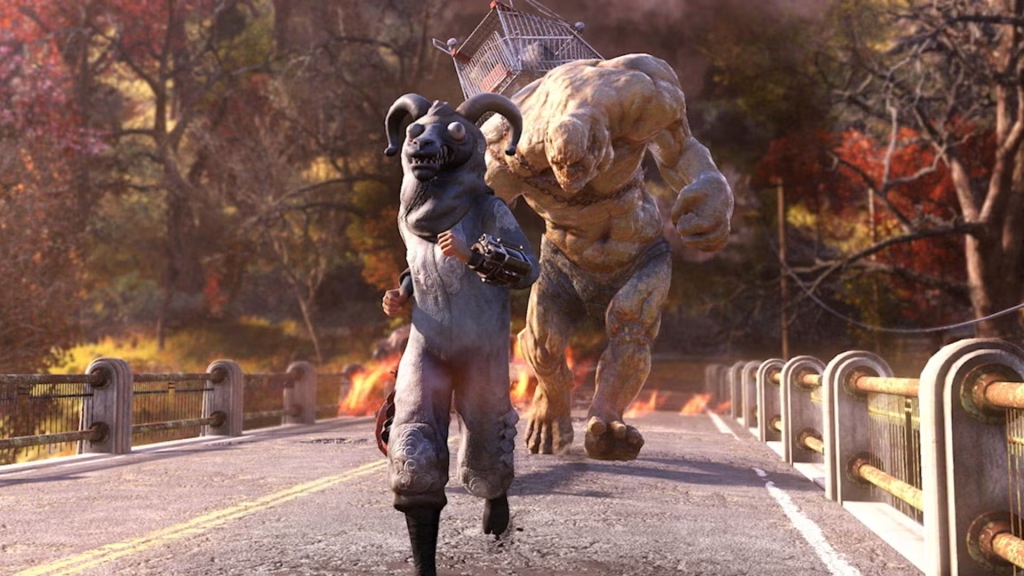
A game might not necessarily suck but simply be held against high standards and then fail miserably. Even the smallest defect in a highly anticipated game seems tantamount to a major letdown.
Ex-Starfield:
Bethesda’s ambitious space RPG generated a great many discussions as it had a mammoth open world, but the very first impression created by most players was of emptiness or repetitiveness. Certainly, not a bad game but possibly not the groundbreaking release that many were hoping for. Conclusion: Lessons from these failures.
However, this time, many disappointments filled the gaming industry with lessons to learn. They need to ensure that their games are well tested before releasing them; they should not make a show of what it is supposed to deliver; and, last but not least, they should emphasize having a fun and active experience. Gamers should refrain from pre-pre-ordering and await reviews before buying. The gaming business is always changing, and hopefully, mistakes from this year will lead to better gaming experiences in the future.Gamers around the world hold their breath each year in anticipation of new releases showcasing revolutionary gameplay, jaw-dropping graphics, and unforgettable storylines. However, even games in general may falter in meeting those criteria. Many titles may be plagued by dire technical difficulties, dull gameplay, and even misleading advertisements. This year, again, was no different. Unfortunately, several highly anticipated games left players frustrated and disappointed. Let us further inspect what went wrong with a few of the most underwhelming game releases this year.
